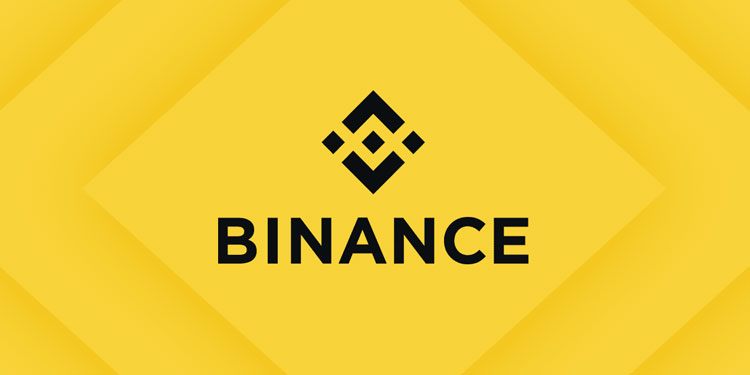 JPMorgan Chase, a long-time opponent of Bitcoin and the crypto sector in general, is apparently changing its tune! The Ethereum 2.0 Proof-of-Stake (PoS) improvements are attracting the attention of two JPMorgan experts.
JPMorgan Chase, a long-time opponent of Bitcoin and the crypto sector in general, is apparently changing its tune! The Ethereum 2.0 Proof-of-Stake (PoS) improvements are attracting the attention of two JPMorgan experts.
According to the bank’s newest study, Ethereum 2.0 has the potential to spark a $40 billion staking business over the next four years, or by 2025. Furthermore, according to the two senior experts, blockchain systems with energy-efficient infrastructure will gain traction.
The present Ethereum blockchain, like Bitcoin, uses a proof-of-work (PoW) consensus process. Nevertheless, Ethereum developers are already working on the next version, Ethereum 2.0, which will have a staking feature as part of its PoS architecture.
According to JPMorgan researchers, the staking holdings of the PoS blockchain networks generate $9 billion in yearly income. Because Ethereum is able to finish its shift from the present PoW model to the Ethereum 2.0 PoS model, analysts believe it will have a significant impact on the PoS protocol’s acceptance.
As a result, JPMorgan anticipates staking rewards to increase by 100% to $20 billion increase. According to the experts, by 2025, staking returns would have doubled to $40 billion. JPMorgan analysts said in the study that blockchains with the staking mechanism will cut into conventinoal debt offers’ market share. They evaluated the financial benefits of crypto staking to those of cash and other fixed-income securities such as the US Treasury bonds. The following is taken from the document:
“Yield generated via staking might reduce the potential benefits of owning cryptocurrencies compared to other investment vehicles such as US dollars, US Treasury bonds, or money market funds, all of which produce some positive nominal returns. In fact, we regard the returns as an inducement to participate in the current zero-rates landscape.”
The total market capitalization of PoS tokens is presently $150 billion. Analysts believe that the growing staking yield industry will render cryptocurrencies much more appealing. According to StakingRewards, the top 10 staking cryptocurrencies by market cap offer yearly profits ranging from 3% to 13%.
Cardano, an Ethereum rival, has the largest staked value of more than $30 billion. This is three times greater than Ethereum 2.0, which is ranked second with a staked value of approximately $11 billion. Cardano (ADA) tokens are staked at 75%, but Ethereum (ETH) tokens are staked at just 4.96%. As a result, the full deployment of Ethereum 2.0 might potentially increase ETH staking. The study emphasizes the PoS network’s good returns as well as the PoS coins’ price increase.
It says:
“Staking not only lowers the potential cost of owning cryptocurrencies vs other asset classes, but it also pays a large nominal and actual income in several scenarios.”
Investors should be warned, nevertheless, that a constant positive income from crypto staking is highly dependent on market fluctuations. As a result, if the price of staking tokens falls, the rewards may also fall. However, as more people participate in the market, the fluctuation will decrease.
As a result, staking will pay off in the long run. The Ethereum 2.0 mainnet will receive a big update in July thanks to the London hard fork. All eyes are on the EIP-1559 deployment, which will alter the Ethereum network’s “base fee” model. According to reports, it attempts to deflationize the Ethereum network, lowering transaction fees.








